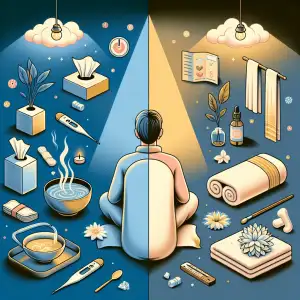Recliners for Back Problems: Your Path to Pain Relief
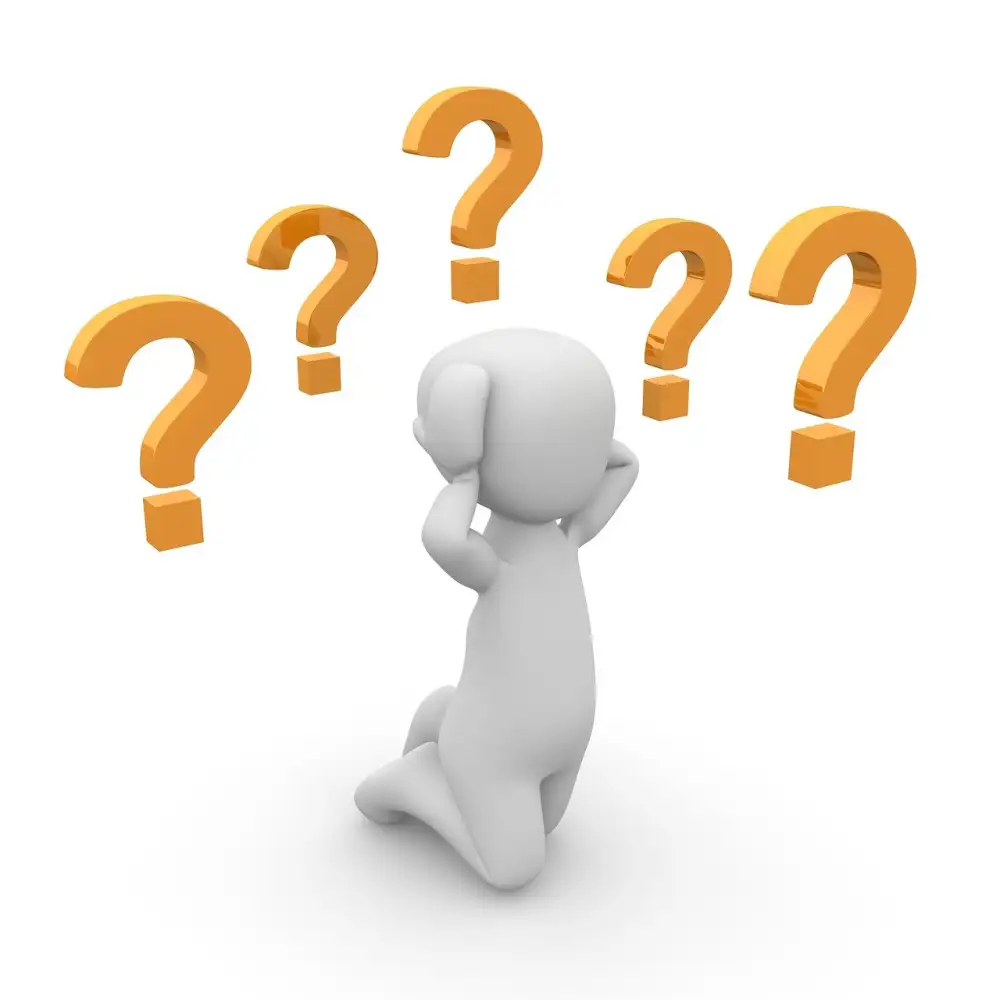
Back Pain Causes and Symptoms
Back pain is a common ailment that affects people of all ages. It can range from a mild, dull ache to severe, debilitating pain. Back pain can have causes that aren't due to underlying disease. It can be caused by a variety of factors, including poor posture, muscle strain, injury, and underlying medical conditions.
One of the most common causes of back pain is poor posture. When you slouch or hunch over, you put extra stress on your back muscles and spine. This can lead to muscle fatigue, pain, and even injury.
Another common cause of back pain is muscle strain. This can occur from lifting something heavy, sudden movements, or even just everyday activities. Muscle strains can cause pain, stiffness, and muscle spasms.
Injuries are another common cause of back pain. These can include things like herniated discs, spinal stenosis, and spondylolisthesis. These injuries can cause a variety of symptoms, including pain, numbness, tingling, and weakness.
In addition to these common causes, back pain can also be a symptom of an underlying medical condition. These conditions can include things like arthritis, osteoporosis, and fibromyalgia.
The symptoms of back pain can vary depending on the underlying cause. However, some common symptoms include:
• Pain that is worse in the morning or after sitting for long periods of time
• Pain that worsens with activity or movement
• Pain that radiates down your leg
• Numbness or tingling in your legs or feet
• Muscle weakness
If you are experiencing back pain, there are a number of things you can do to relieve the pain, such as using over-the-counter pain relievers, applying heat or ice to the affected area, and practicing good posture. You may also want to consider using a recliner to help alleviate your back pain.
Recliners can be especially helpful for people who experience back pain from poor posture or muscle strain. When you recline in a chair, it takes the pressure off of your back muscles and spine. This can help to reduce muscle fatigue and pain. Recliners can also help to improve your circulation, which can further reduce pain and inflammation.
When choosing a recliner for back pain, it is important to look for one that provides good support for your back and spine. You should also choose a recliner that is comfortable for you to sit in for extended periods of time.
If you are experiencing severe back pain or if your pain does not improve with home treatment, you should see a doctor to rule out any underlying medical conditions.
A good recliner isn't just furniture, it's an investment in spinal comfort.
Elowen Bright
How Recliners Help Back Pain
Taking the Pressure Off: When you sit in a standard chair, your back muscles work overtime to keep you upright. This constant tension can exacerbate back pain. Recliners, however, distribute your weight more evenly, reducing strain on your spine and allowing your muscles to relax.
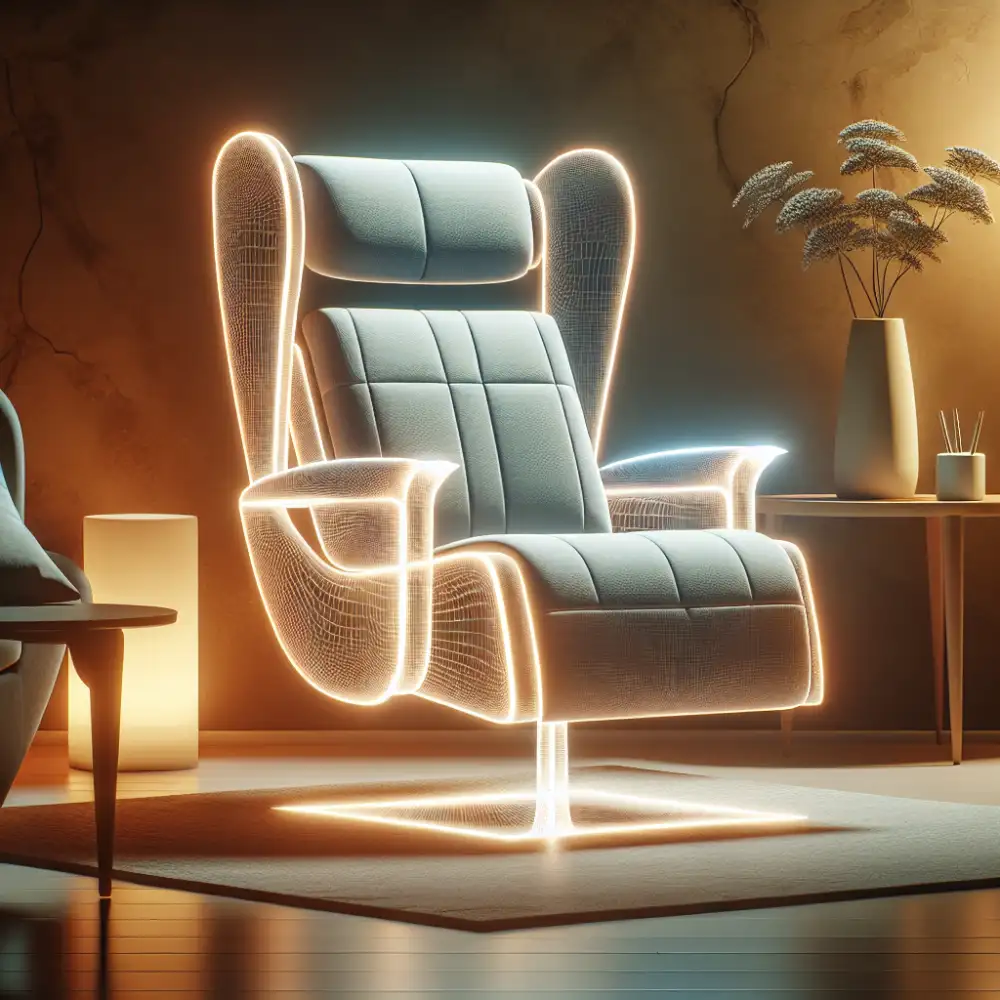
Finding Your Sweet Spot: Different recliners offer varying degrees of recline. Finding the right angle for your body is key to relieving pressure points. Experiment with different positions until you find what feels best for your back.
Lumbar Support is Key: Look for recliners specifically designed with lumbar support in mind. This built-in feature helps maintain the natural curve of your lower back, preventing slouching and reducing pain.
Elevating for Relief: Many recliners come equipped with footrests. Elevating your legs while reclining can further alleviate back pain by improving circulation and reducing swelling in the lower extremities.
Heat and Massage: Added Benefits: For an extra dose of relief, consider a recliner with built-in heat and massage functions. Heat therapy can soothe sore muscles, while massage can help loosen tight spots and improve blood flow.
Choosing Wisely: Not all recliners are created equal, especially when it comes to back pain relief. When shopping, pay attention to:
Firm Support: Opt for a recliner with firm cushioning that provides adequate support, rather than sinking in too deeply.
Adjustability: Look for features like adjustable lumbar support, headrests, and footrests to customize your comfort.
Durability: Invest in a well-made recliner from a reputable brand to ensure it provides lasting support.
Remember, while a recliner can be a valuable tool in managing back pain, it's not a cure-all. It's essential to consult with a healthcare professional to address the underlying causes of your pain and explore a comprehensive treatment plan.
Types of Recliners for Back Pain
When back pain becomes a constant companion, finding comfort and relief becomes paramount. Recliners, specifically designed to support your back, can be your haven. But with so many types, how do you choose the one that's right for you? Let's break down the options:
1. Power Lift Recliners: Ideal for those with mobility issues, these chairs use a motorized mechanism to gently lift you to a standing position and lower you back down. This feature takes the strain off your back and joints, making it easier to get in and out of the chair.
2. Zero Gravity Recliners: Inspired by NASA, these recliners elevate your legs above your heart, mimicking a weightless feeling. This position helps decompress the spine, reduce pressure on vertebrae, and alleviate back pain.
3. Rocker Recliners: Combining the gentle motion of a rocking chair with the reclining feature, these chairs offer a soothing experience. The rocking motion can help ease muscle tension and improve circulation, which can be beneficial for back pain relief.
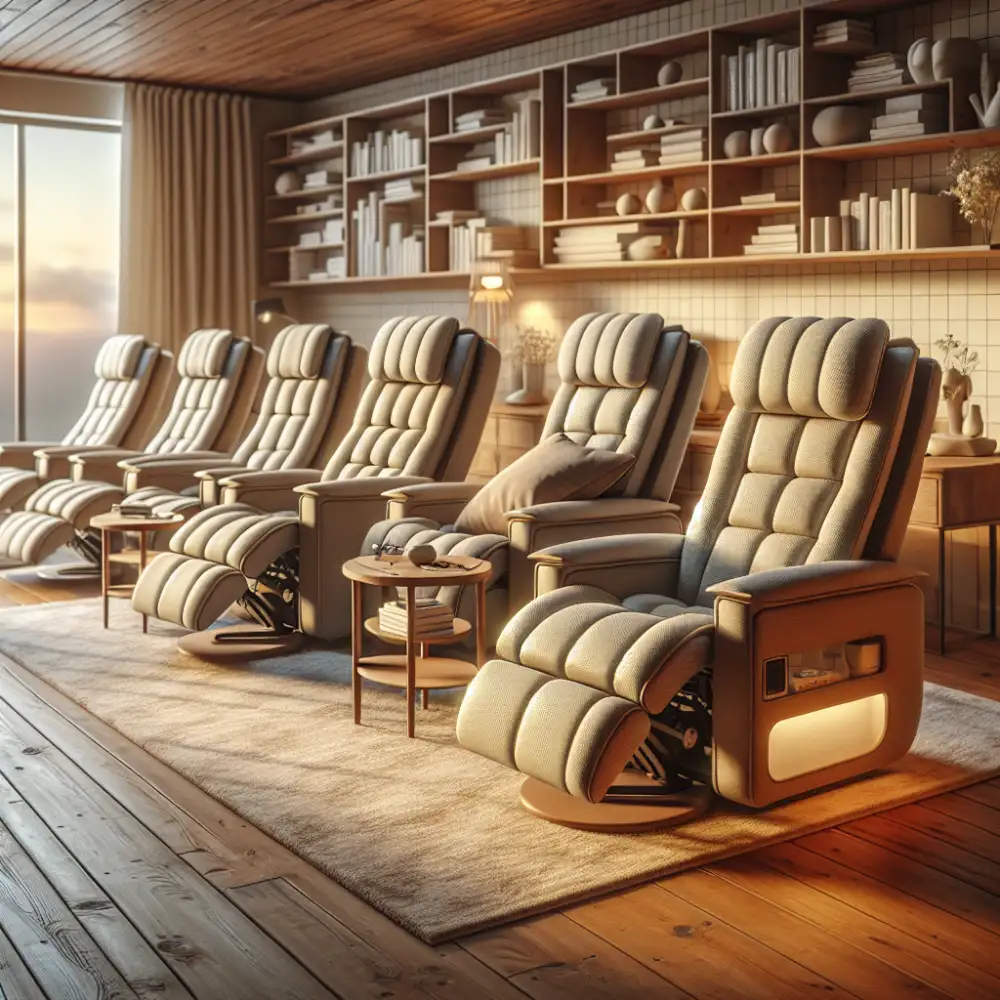
4. Wall Hugger Recliners: Short on space? Wall hugger recliners are your solution. They recline forward instead of backward, requiring minimal clearance from the wall. This space-saving design doesn't compromise on back support.
5. Massage Recliners: For the ultimate pampering experience, consider a massage recliner. These chairs come equipped with built-in massage motors that target specific areas of your back, providing soothing relief from muscle tension and pain.
6. Lumbar Support Recliners: These recliners prioritize lower back support. They feature an adjustable lumbar support system that can be customized to fit the natural curve of your spine, promoting proper posture and reducing strain.
7. Heat and Massage Recliners: Combining the benefits of heat therapy and massage, these recliners offer comprehensive back pain relief. The heat function relaxes muscles and increases blood flow, while the massage feature targets knots and tension.
Choosing the right recliner involves considering your individual needs and preferences. Factors such as your budget, space constraints, and the severity of your back pain will all play a role in your decision. Remember to prioritize features like adjustable lumbar support, reclining angles, and cushioning to ensure optimal comfort and pain relief.
Choosing the Right Recliner
If back pain is cramping your style, a good recliner might be just what the doctor ordered. But with so many options out there, how do you choose the one that's right for you?
First things first: think about what type of back pain you have. Is it in your lower back? Upper back? Do you have sciatica? Different recliners offer different features to address specific issues. For example, lumbar support is crucial for lower back pain, while a recliner with a headrest can help with upper back and neck pain.
Next up, consider the recliner's recline mechanism. Do you want a manual recliner, where you adjust the angle with your body weight, or an electric recliner with a button control? Electric recliners are great for people who have difficulty getting in and out of chairs or who want precise control over their reclining position. Some even come with features like heat and massage, which can further alleviate back pain.
Speaking of features, don't forget to factor those into your decision. Heat and massage, as mentioned, can be incredibly therapeutic for back pain. Adjustable lumbar support allows you to customize the amount of support your lower back receives. And if you have circulation issues, a recliner with a lift assist feature can be a game-changer.
Of course, comfort is key. Look for a recliner with ample padding and a shape that conforms to your body. Don't be afraid to try out different recliners in the store and see what feels best for you. Pay attention to the fabric, too. Breathable fabrics like leather or microfiber can help prevent you from getting too hot and sweaty, which can exacerbate back pain.
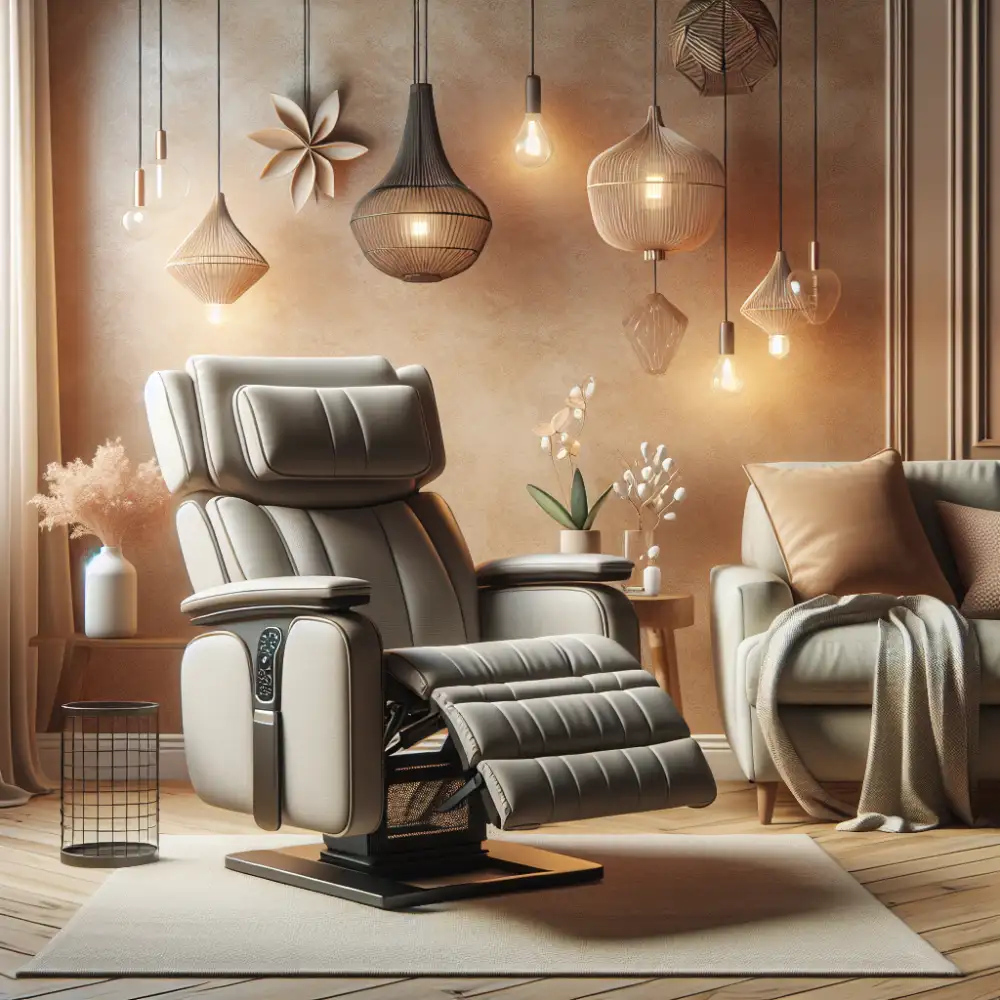

Finally, consider your budget. Recliners can range in price from a few hundred dollars to several thousand. Set a budget beforehand and stick to it. Remember, the most expensive recliner isn't necessarily the best one for your back. Focus on finding a recliner that offers the features and support you need at a price you can afford.
Choosing the right recliner can make a world of difference for your back pain. By considering your specific needs and doing your research, you can find a recliner that helps you relax, unwind, and find relief.
Features to Look For
When choosing a recliner for back problems, there are several key features to prioritize for optimal comfort and support:
Lumbar Support: Look for chairs with adjustable lumbar support to fill the gap between your lower back and the seat, promoting proper spinal alignment and reducing strain.
Reclining Mechanisms: Opt for smooth and easy-to-use reclining mechanisms. Electric recliners often offer greater control over positioning, while manual options may provide a wider range of reclining angles.
Seat Depth and Height: Ensure the seat is deep enough to support your thighs comfortably without putting pressure on the back of your knees. Adjustable seat height can be beneficial for finding the perfect position for your legs and feet.
Backrest Angle: A recliner with an adjustable backrest angle allows you to customize the level of recline to suit your comfort needs, whether you prefer a slight incline or a more reclined position.
Footrest Design: Look for a footrest that extends fully to support your legs and feet, promoting circulation and reducing pressure on your lower back.
Padding and Upholstery: Choose a recliner with ample padding for cushioning and support. Breathable and durable upholstery materials like leather or microfiber can enhance comfort and longevity.
Weight Capacity: Consider the weight capacity of the recliner to ensure it can safely support your weight and provide optimal support.
Additional Features: Some recliners offer additional features like heat and massage functions, which can further alleviate back pain and promote relaxation.
Remember that personal preferences and specific back conditions may influence the ideal features for you. Consulting with a healthcare professional or ergonomist can provide personalized recommendations based on your individual needs.
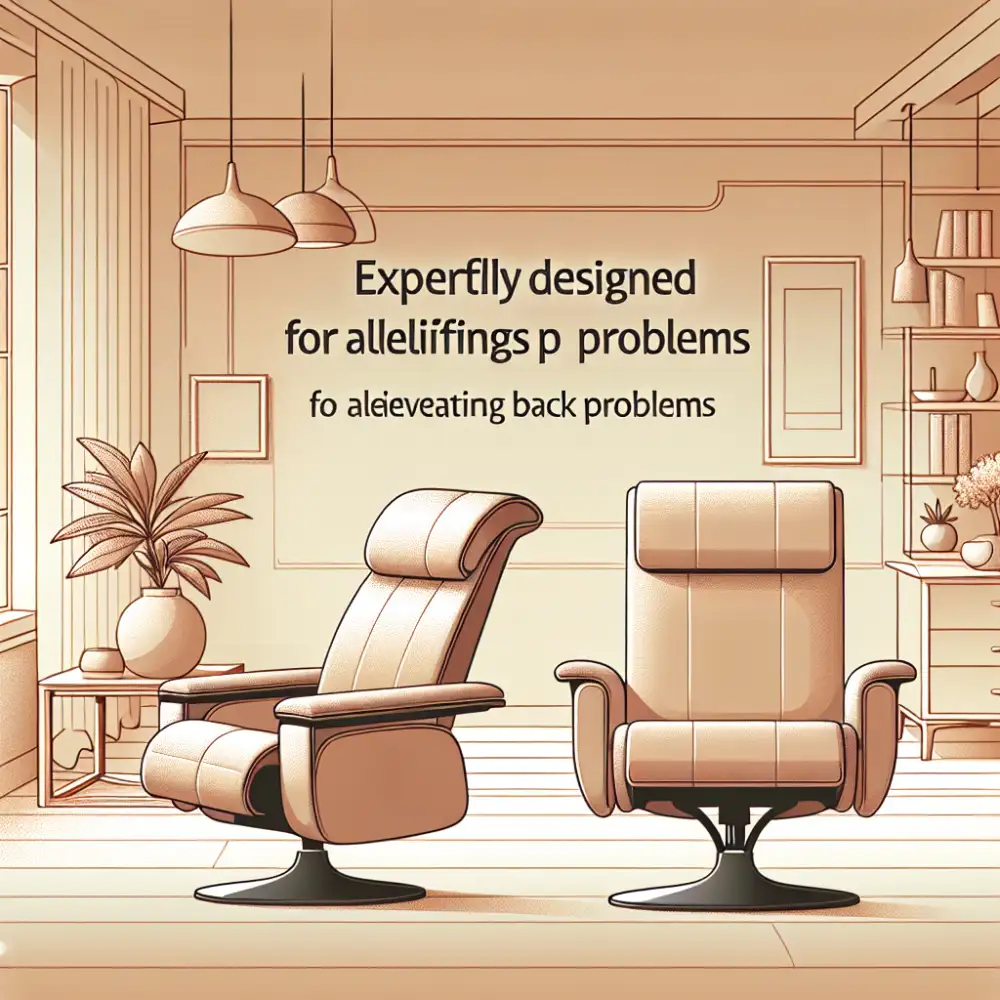
Recliner Use Tips
If you're dealing with back pain, you know how debilitating it can be. A good recliner can offer much-needed relief, but it's important to use it correctly to maximize its benefits and avoid further strain. Here are some tips to keep in mind:
Find Your Sweet Spot: Not all recliners are created equal, especially when it comes to back pain. Look for a recliner with adjustable lumbar support to properly support the natural curve of your lower back. Experiment with different reclining angles to find the position that provides the most relief without putting pressure on your spine.
Gradual Reclining: Avoid abruptly collapsing into your recliner. Use the handle or button to smoothly recline, allowing your body to adjust gradually. Similarly, when returning to an upright position, use the mechanism and avoid pushing yourself up with your back, which can strain your muscles.
Mind Your Posture: Just because you're relaxing doesn't mean posture goes out the window. Slouching or slumping in your recliner can negate its ergonomic benefits and even worsen back pain. Aim for a neutral spine alignment, with your head, neck, and shoulders comfortably supported.
Take Breaks: While it's tempting to spend hours in your recliner, prolonged sitting can actually stiffen muscles and exacerbate back pain. Set a timer to remind yourself to get up and move around every hour or so. Take a short walk, do some stretches, or simply stand up and change positions to keep your body from becoming stiff.
Additional Support: Depending on your specific needs, consider using additional support accessories. A small pillow behind your lower back can enhance lumbar support, while a rolled-up towel placed under your knees can help maintain proper spinal alignment.
Listen to Your Body: Pay attention to how your body feels. If you experience any discomfort or increased pain while using your recliner, adjust your position or discontinue use. It's always wise to consult with a healthcare professional about your specific back pain concerns and the best ways to manage them.
Remember, a recliner can be a valuable tool for managing back pain, but it's not a magical cure-all. By using your recliner thoughtfully and incorporating other healthy habits like regular exercise and proper lifting techniques, you can create a comprehensive approach to alleviate discomfort and support your spinal health.
When to See a Doctor
While recliners can offer comfort and support, they are not a substitute for professional medical advice. If you are experiencing persistent or severe back pain, it is crucial to consult a healthcare professional for a proper diagnosis and treatment plan. Here are some instances when seeking medical attention is particularly important:
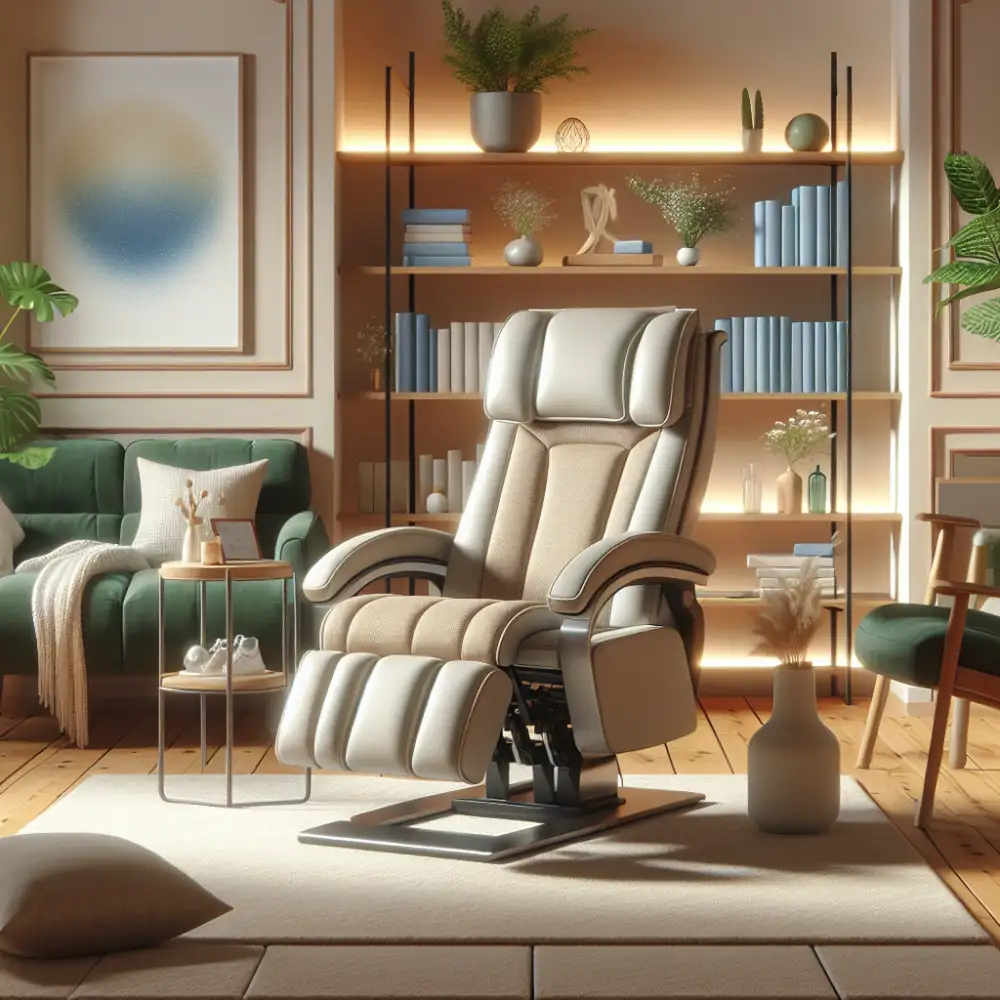
Chronic Back Pain: If your back pain persists for more than a few weeks or keeps recurring, it is essential to see a doctor. Chronic back pain may indicate an underlying medical condition that requires specific treatment.
Severe Pain: Intense back pain that significantly limits your mobility or is accompanied by other symptoms, such as numbness, tingling, or weakness in your legs, warrants immediate medical attention.
Sudden Onset of Pain: If you experience a sudden onset of severe back pain, especially after an injury or accident, seek medical care promptly.
Worsening Symptoms: If your back pain worsens despite using a recliner or taking over-the-counter pain relievers, consult a healthcare professional.
Neurological Symptoms: Numbness, tingling, weakness, or loss of bladder or bowel control associated with back pain require immediate medical evaluation.
History of Serious Medical Conditions: Individuals with a history of cancer, osteoporosis, or other conditions that can affect bone health should seek medical advice for back pain.
Pain That Interferes with Daily Life: When back pain significantly disrupts your daily activities, work, or sleep, it is essential to seek professional guidance.
Remember, recliners can be a valuable tool for managing back pain, but they should not replace professional medical care. Consulting a healthcare professional ensures you receive an accurate diagnosis, appropriate treatment, and personalized advice to address your specific needs.
Published: 22. 06. 2024
Category: Food


